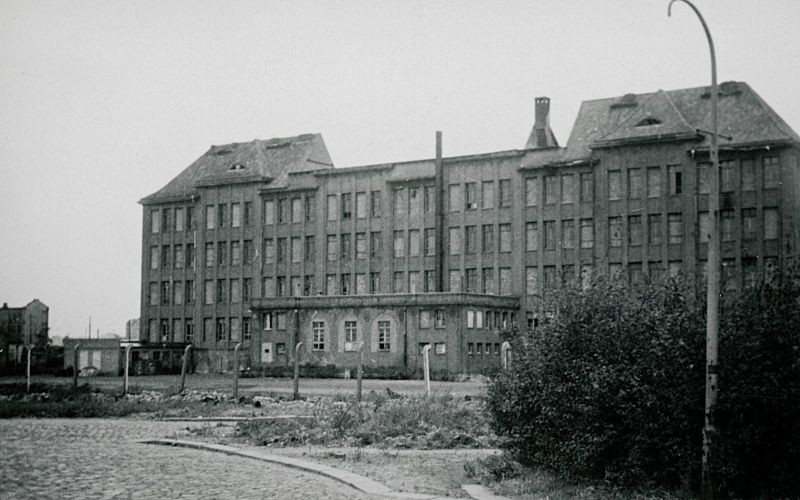The children of Bullenhuser Damm
Mediathek Sorted
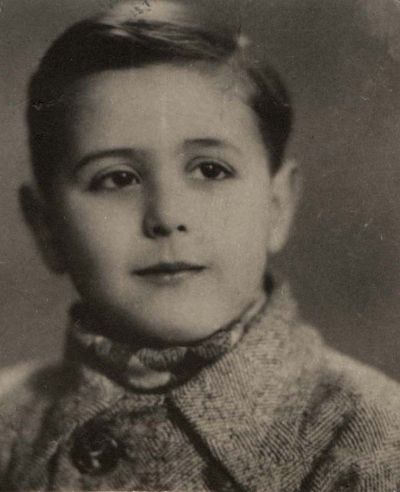
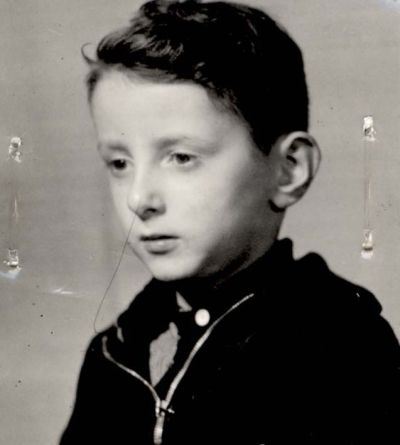
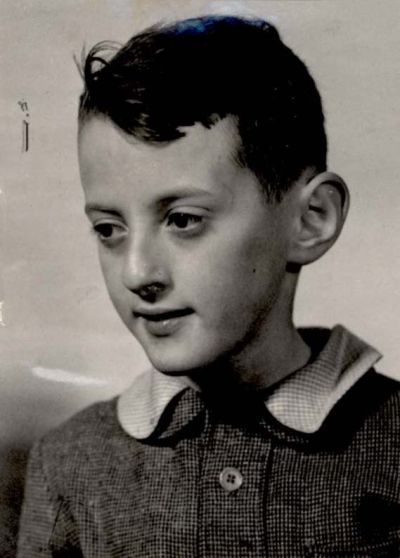
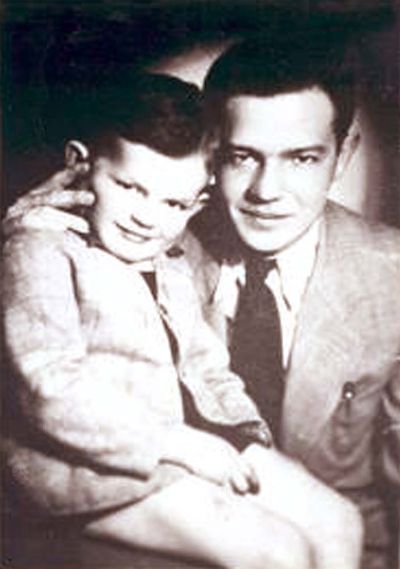

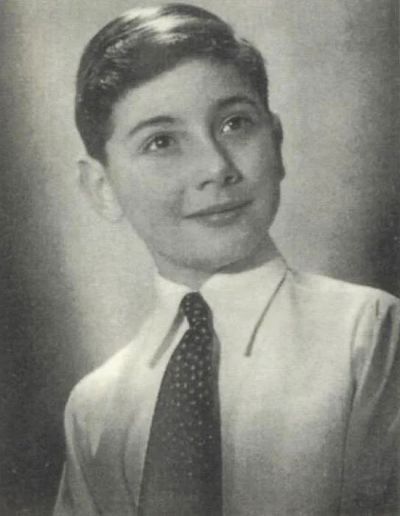
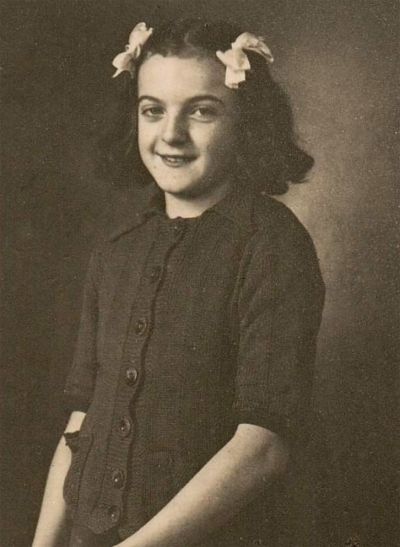
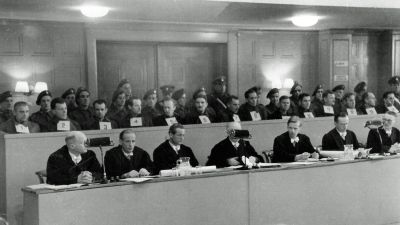
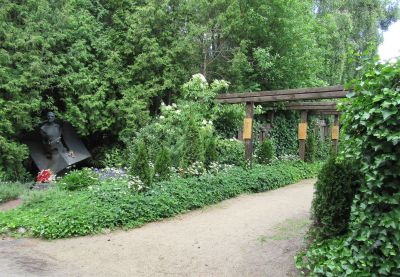
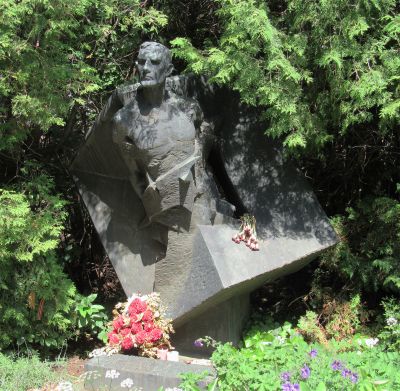
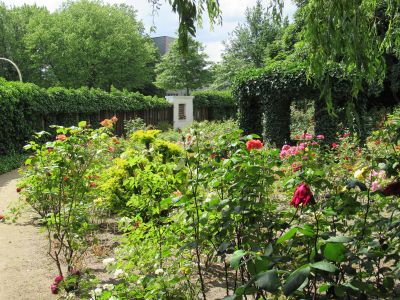
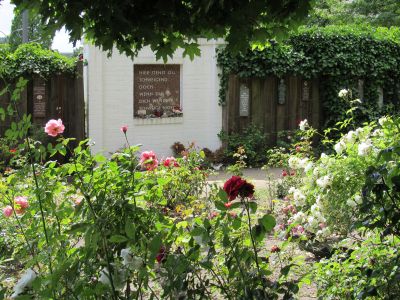
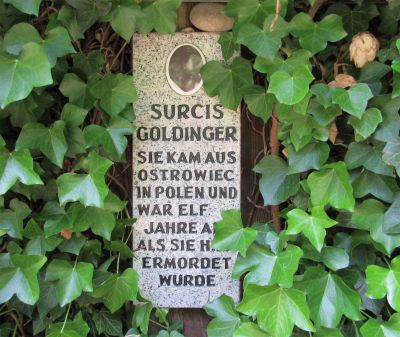
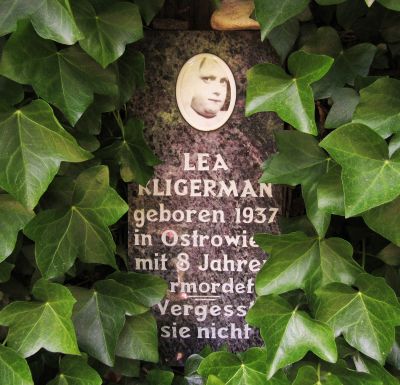
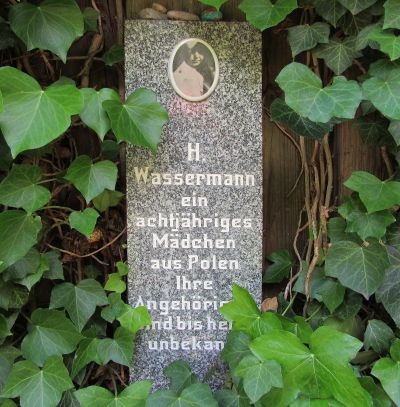
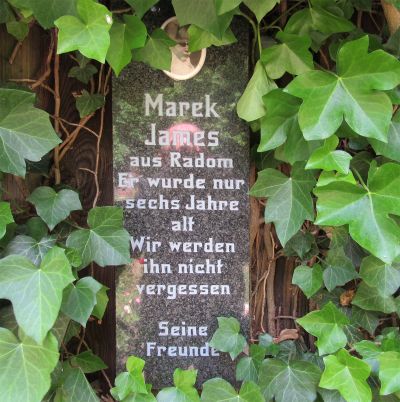
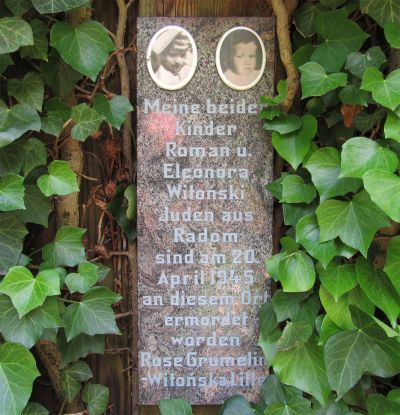
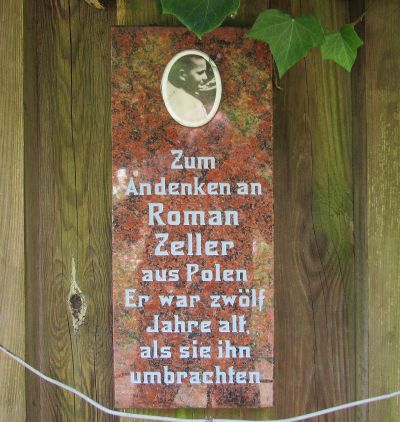

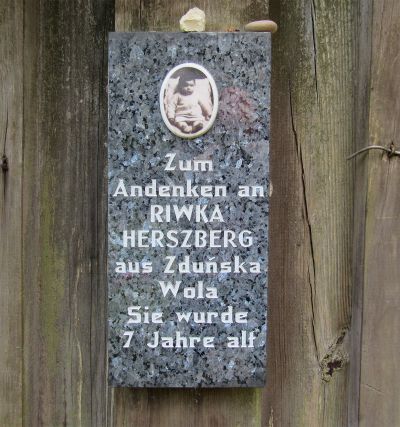
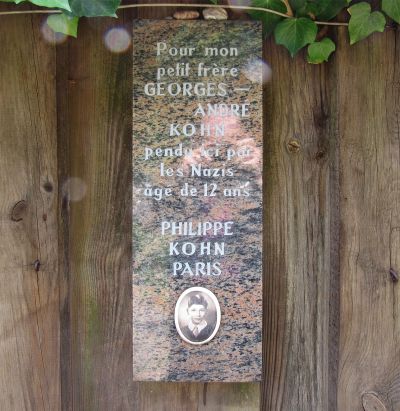
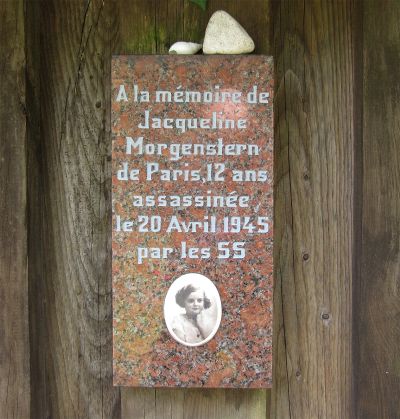
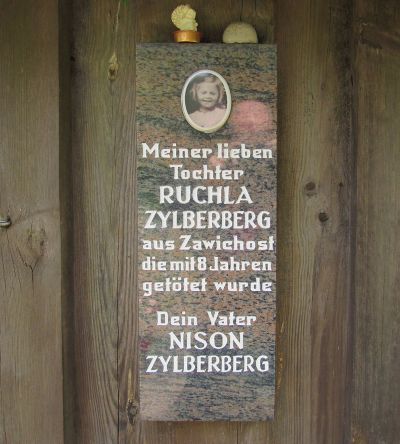
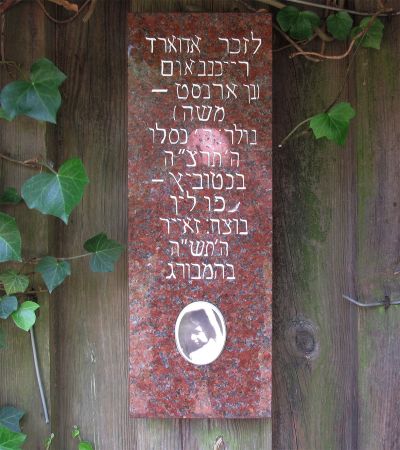
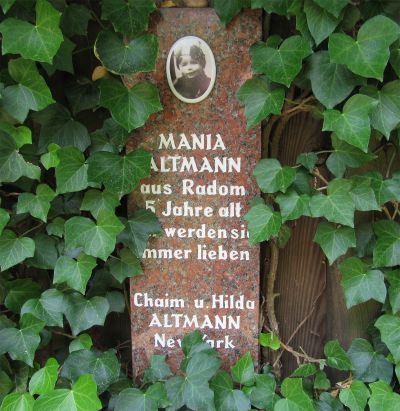

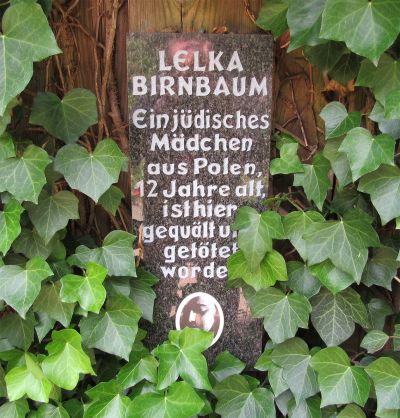
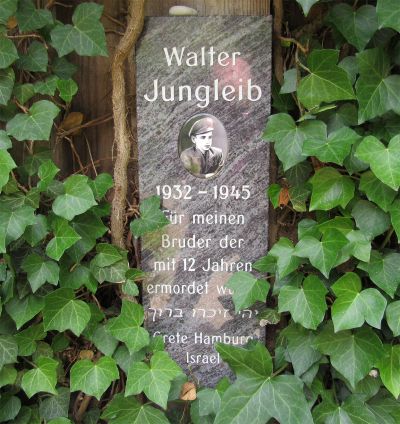
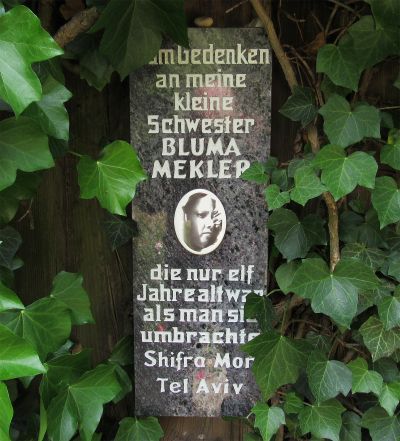
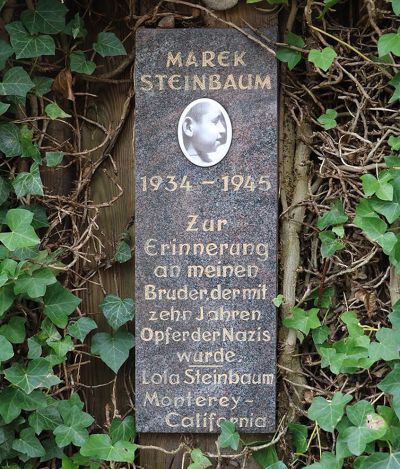
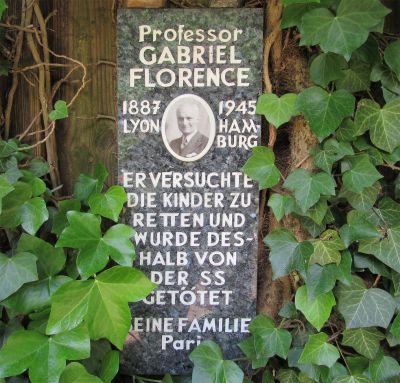

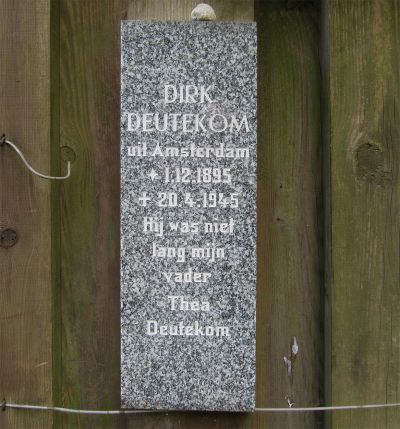
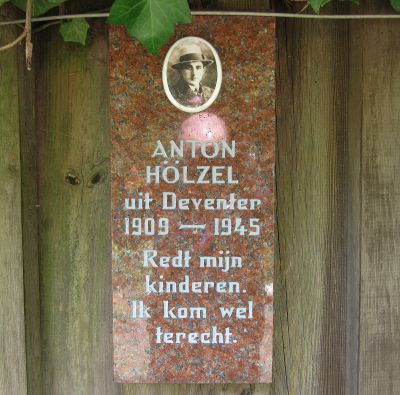
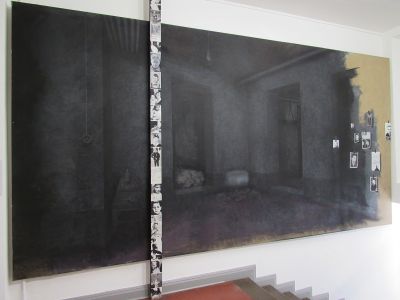
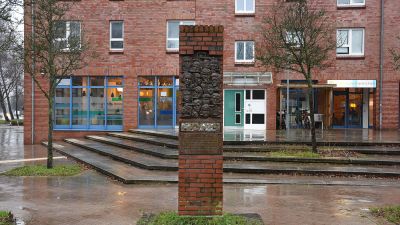
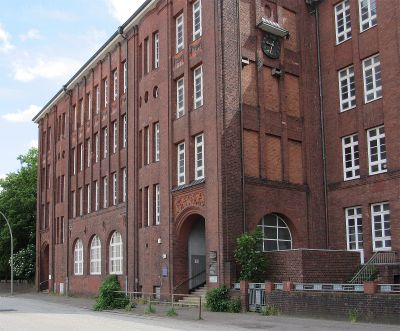
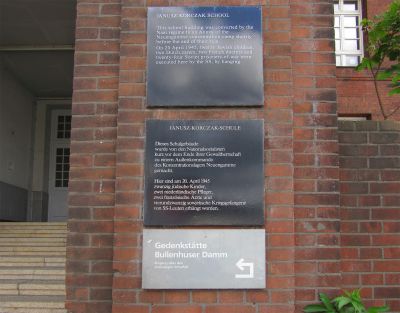
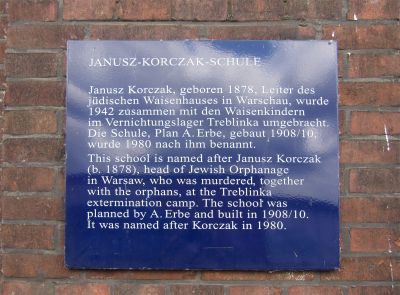
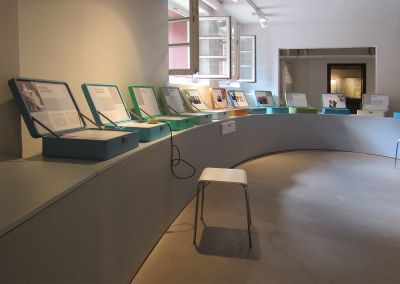
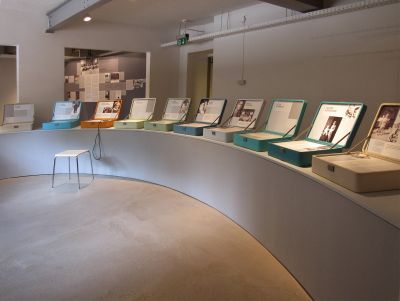
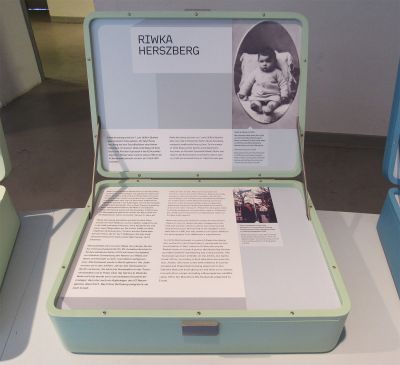
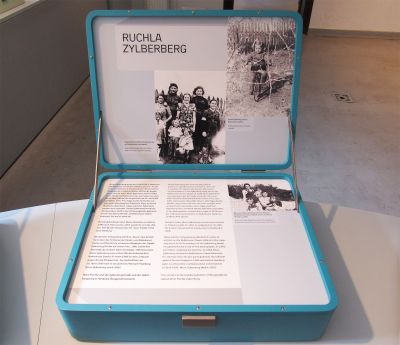
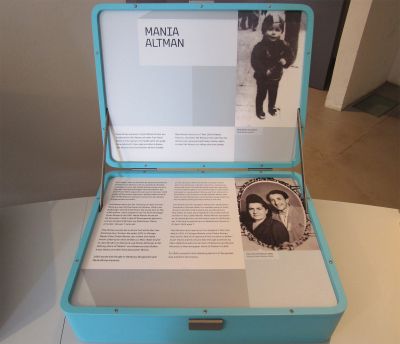
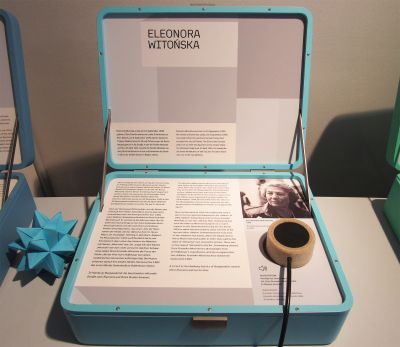
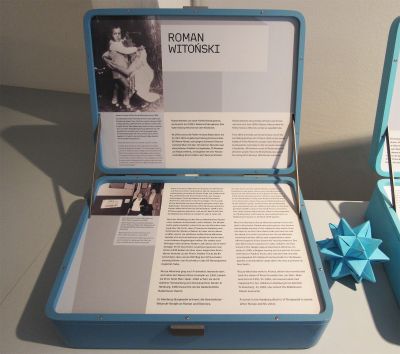

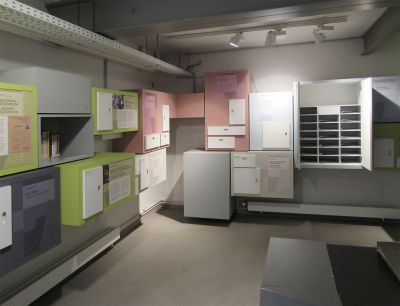
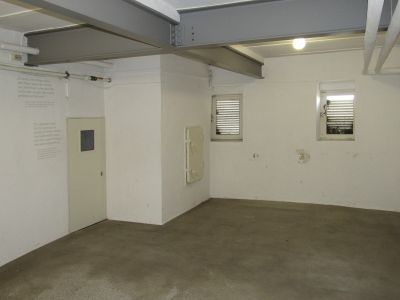
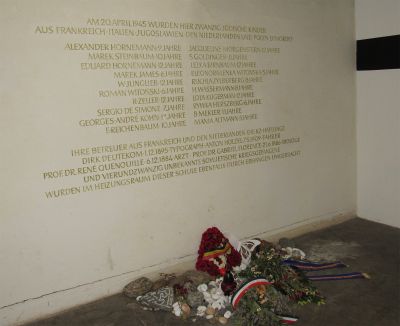

Georges André Kohn (Fig. 6 ) was born on 23 April 1932 in Paris in a family related to the Rothschild banking dynasty from England. His mother Suzanne (1895–1945) née Nêtre, was the daughter of a tobacco factory owner and was related by marriage to the Rothschild family via a first cousin. His father, Armand Edouard Kohn (1894–1962), a descendant of one of the oldest and most established Jewish families in France, was a banker and, from 1940, Secretary General of the Hôpital Fondation Adolphe de Rothschild and managing director of the Hôpital Rothschild, the first Jewish hospital in Paris.[2] During the German occupation, ill people from the Drancy collection camp were sent to this hospital before being transported to the death camps. The family had three other children, Antoinette, Rose Marie, and Philippe, who at the time of deportation were 22, 18, and 21 years old respectively. The family home was shared with the 72-year-old grandmother Marie Jeanne, née Weisweiler, from Frankfurt/Main. In 1942, the mother, Suzanne, converted to Catholicism together with the children in an attempt to escape persecution by the Nazis. Even so, in July 1944, the family was arrested together with a group of prominent Jews who until that time had not been exposed to such great danger as other members of the Jewish community. They were interned in Drancy transit camp and on 17 August, just one week before the liberation of Paris, they were taken to Germany on the last transport train. On the train, in which SS Hauptsturmführer Alois Brunner and his military personnel were also travelling, the group of 51 deportees were used as hostages. While the train was still travelling in French territory, Georges André’s siblings, Rose Marie and Philippe, together with 30 others, managed to escape from the train and were hidden in Saint-Quentin until France was liberated. His father, Armand, was taken to Buchenwald concentration camp near Weimar, was liberated in April 1945, and returned to France. The remaining family members were transported onwards to Auschwitz-Birkenau concentration camp. Some time later, Suzanne Kohn and her daughter Antoinette were taken to Bergen-Belsen concentration camp, where they died shortly afterwards. The grandmother Marie Jeanne was killed in a gas chamber after arriving in Auschwitz. According to an account later given by a fellow French prisoner, after arriving at the camp, Georges André was taken to work camp D and was employed as a transport worker for the rolling carts. Before his mother was taken from the camp, he was able to remain in contact with her by writing secret letters. At that time, he was twelve years old.
Bluma (Blumel) Mekler was born in Sandomierz, Poland, in 1934. Her parents, Sara, née Taitelbaum, born in 1903 in Koćmierzów in the district of Sandomierz, and Herszel/Hershel Mekler, born in 1889 in Sandomierz, ran a trade in agricultural supplies. Her father was also taught religion in the cheder, a primary school class in which boys learned about Jewish religion and culture. Blumel had two sisters, Gita and Szifra, and two brothers, Berl and Alter. After the closed ghetto was established by the German occupiers in Sandomierz in June 1942, the family were forced to move there. When the ghetto[3] was brutally liquidated on 29 October 1942 and 4 January 1943, the family became separated. During a raid in October 1942, her sister, Szifra/Shifra fled at the insistence of her mother. She was hidden by Polish neighbours until the end of the war, and emigrated to a kibbutz in Israel in 1947 after being taken in by a Jewish orphanage in Lublin.[4] Her brother Alter, who was born in 1929, was taken to Auschwitz via Majdanek concentration camp. He managed to survive, and was reunited with his sister Shifra in Israel. It is not known how Bluma Mekler came to Auschwitz, or what happened to her parents and other siblings. She too was taken to Neuengamme on 28 November 1944. She was ten or eleven years old.
Jacqueline Morgenstern (Fig. 7 ) was born in Paris on 26 May 1932. Her mother, Suzanne, was a secretary; her father, Charles, owned a hairdressing salon together with his brother, Leopold. After the occupation of Paris by the German Wehrmacht, the Morgenstern brothers were forced to relinquish their salon to non-Jews. In 1943, the family fled to Marseille in Vichy France. There, they were arrested and taken to Drancy collection camp near Paris. On 20 May 1944, they were deported to Auschwitz concentration camp, where Suzanne was murdered. On 28 November 1944, Jacqueline and the other children were transferred to Neuengamme. She was twelve years old. When Auschwitz was cleared, her father was taken to Dachau concentration camp on the last transport train. He died there after liberation in May 1945.
[2] Jeremy Josephs: Swastika over Paris, London 1990, page 43
[3] On the history of the Sandomierz ghetto, see Polin. Virtuelles Schtetl, https://sztetl.org.pl/de/stadte/s/697-sandomierz/116-orte-der-martyrologie/50395-ghetto-sandomierz-sandomir, see also bibliography on the same page
[4] Günther Schwarberg: Renn, Shifra, renn!, in: Ossietzky. Zweiwochenschrift für Politik, Kultur und Wissenschaft, Berlin, No. 8/2005; online: https://www.sopos.org/aufsaetze/429a0f70ad33e/1.phtml.html





















































































